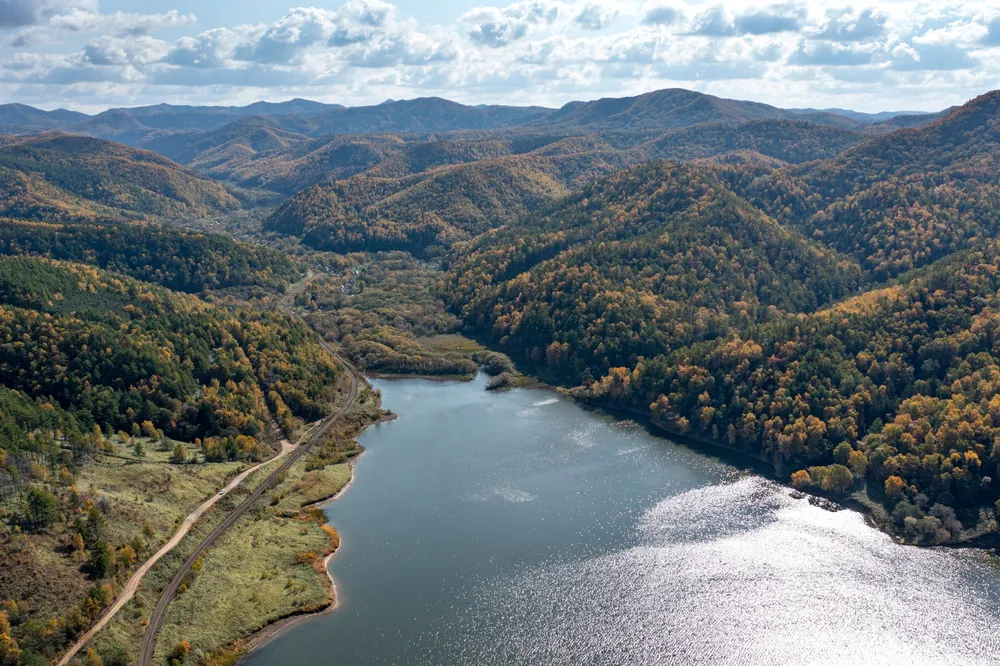Rosatom: Sakhalin blue hydrogen project fit for FEED
Russian nuclear giant says its proposal for a methane-to-hydrogen facility on Sakhalin Island received positive economic and technical assessments

Russian nuclear giant says its proposal for a methane-to-hydrogen facility on Sakhalin Island received positive economic and technical assessments
